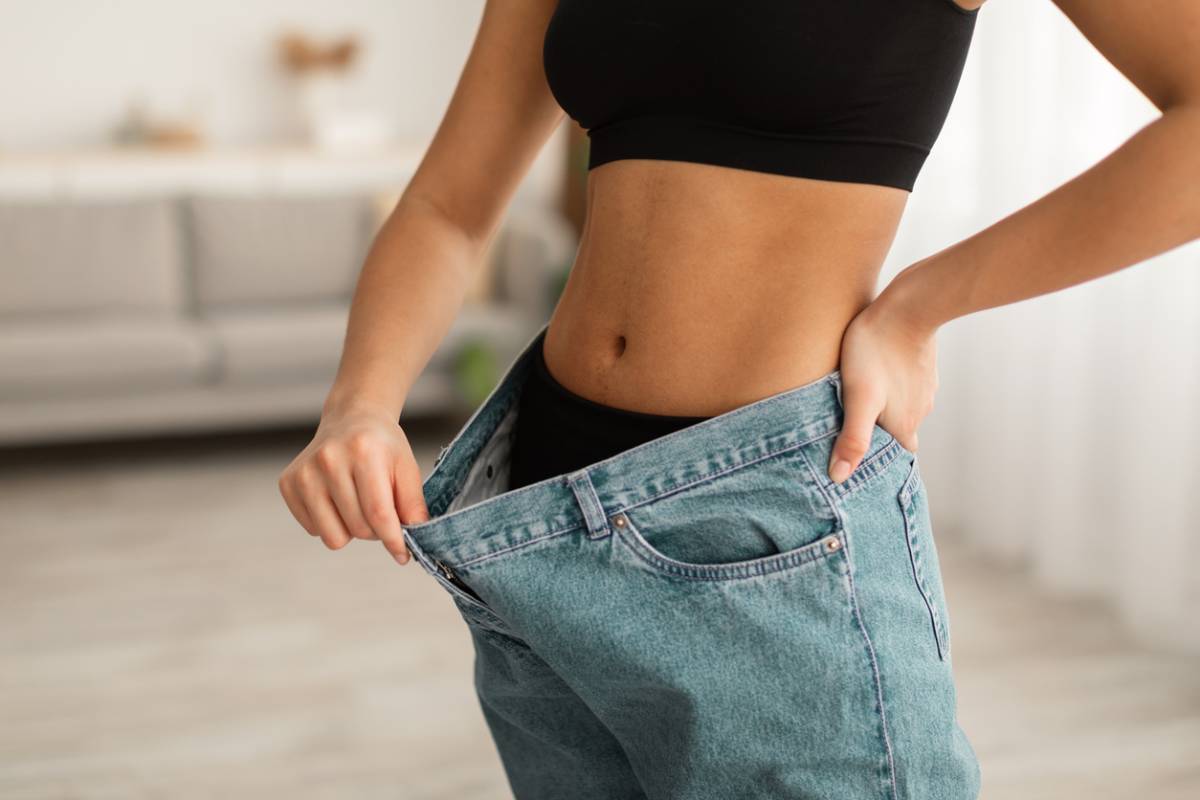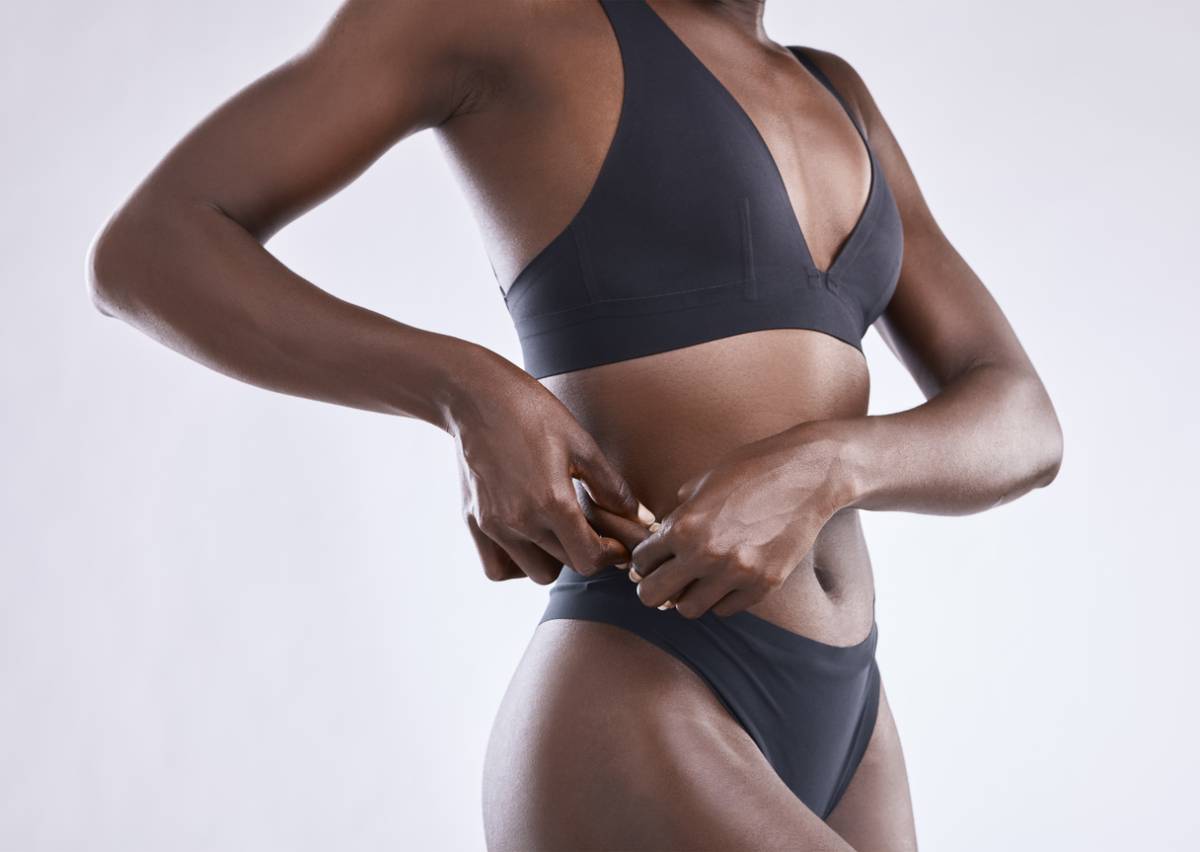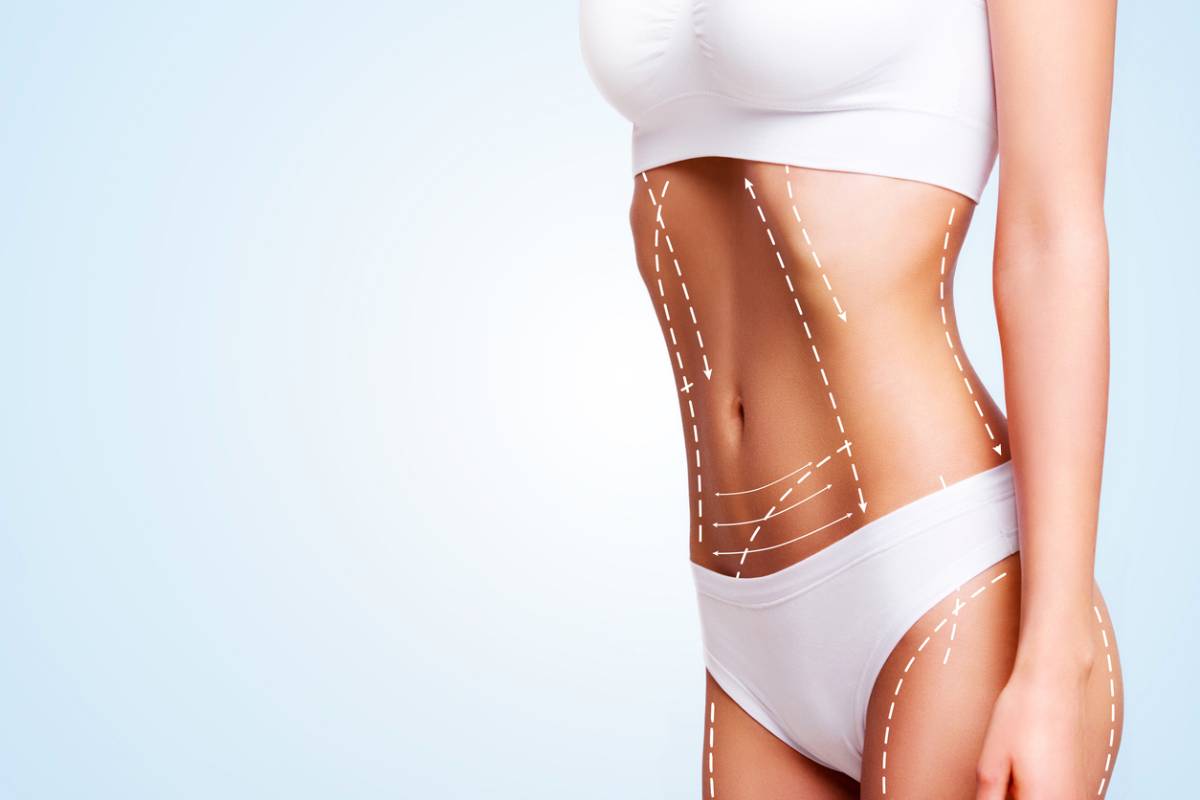How Long Does It Take to Heal from Liposuction?
Liposuction is one of the most popular and commonly performed cosmetic procedures. It removes stubborn fat and reshapes the body. Many people choose liposuction to achieve a leaner and more contoured appearance. It is commonly performed in areas like the abdomen, thighs, arms, back, and chin. Many patients combine liposuction with other procedures to optimize their results. Common procedures that are combined with liposuction include a tummy tuck, butt augmentation, thigh lift, or complete mommy makeover. Recovering from liposuction is smooth as long as you follow your surgeon’s instructions. You may wonder, how long does it take to heal from liposuction? We outline the answer to this question and more below.
How Long Does It Take to Heal from Liposuction?
Liposuction is a great way to improve the overall look of your body. Even with diet and exercise, some stubborn fat remains. Liposuction is highly effective in helping you achieve your aesthetic goals. Focusing on the healing process is necessary to ensure optimal results. Most people get back to their routine within a couple of weeks to one month. However, it can take up to six months to fully heal and see your final results. The recovery timeline varies from patient to patient. Consider the following factors that impact the recovery timeline.
Amount of Fat Removed
The amount of fat removed during the procedure plays a significant role in the recovery process. If a large amount of fat is removed, it has more of an impact on the surrounding tissue. This results in more swelling, bruising, and discomfort. This often results in a longer recovery period. The body needs time to heal from the impact of the procedure. If less fat is removed, it can shorten the healing period. However, this is just one factor. Following your surgeon’s instructions and focusing on rest are also critical factors.
Many surgeons recommend being within thirty pounds of your goal weight before getting liposuction. Generally, you should be within 30% of your goal weight. This is helpful in reducing the impact on your body. Ultimately, it results in a smoother and faster recovery period. Removing less fat involves less impact on the surrounding tissue. Additionally, it is easier for your skin to adapt as you recover. Gradually losing weight before surgery allows your skin to adjust at a slower pace.
Your Overall Health
It is important to be in good overall health before surgery. Maintaining a healthy lifestyle can make the recovery process much easier. Most people are training to get close to their goal weight before surgery, so it is generally not a major problem. However, it is important to maintain a healthy lifestyle after liposuction as well to ensure the longevity of your results.
A healthy lifestyle involves diet, exercise, sleep, and stress management. Maintaining a healthy weight involves a healthy diet. Focus on consuming fruits, vegetables, lean protein, whole grain carbohydrates, and healthy fats. Hydration is also important, so aim for at least eight glasses of water each day. Sleep and your mental health are also important. Poor sleep and high stress can raise your cortisol levels and make it difficult to maintain your weight. Aim for at least seven to nine hours of quality sleep each night. Integrate yoga, pilates, and meditation into your routine as well.
Skin Health
The natural aging process impacts your skin in several ways. Collagen and elastin fibers weaken over time. They are important proteins that provide structure and support to your skin. Collagen and elastin keep your skin firm and youthful-looking. When these structures weaken, it leads to fine lines, wrinkles, and skin sagging. The natural aging process impacts your skin’s collagen and elastin. However, certain lifestyle factors can accelerate the damage. Factors to be wary of include sun exposure, smoking, excess sugar consumption, chronic stress, and poor sleep.
Your age and the elasticity of your skin are factors in the healing process after liposuction. Younger individuals tend to heal faster and have better outcomes after plastic surgery because their skin is more elastic and can more easily conform to the body’s new shape. This does not mean that liposuction is not good for older individuals. It is just a factor in the healing process. Many older patients have a seamless recovery process. It just takes more time for their skin to fully bounce back and heal.
Post-Surgery Recovery and Care
After liposuction, it is important to focus on rest and recovery. This is essential during the first two weeks. Have someone help you with household tasks and anything else that you need done after surgery. In addition to resting, you will need to wear compression garments. These help reduce swelling, improve circulation, and ensure that your skin conforms to your new body shape. You should also stay hydrated and eat a balanced diet. It is also necessary to avoid strenuous activities.
You will have a post-operative appointment with your surgeon. This appointment is necessary to ensure that your recovery process is progressing as it should. Your surgeon will assess your progress and make any necessary modifications. Be sure to ask them any questions you have and let them know if anything unexpected is happening. Your recovery period has a major impact on your final results.
Type of Liposuction
There are several different types of liposuction procedures. The type that is right for you depends on your aesthetic goals, current weight, and health. Your surgeon will discuss your options with you at the consultation. The most effective options include tumescent, ultrasound-assisted, water-assisted, laser-assisted, and standard liposuction. Each has its own unique benefits based on your specific needs.
Liposuction technology has advanced greatly over the years. Skilled surgeons can provide you with amazing results and a much faster recovery time. Tumescent, ultrasound-assisted, and water-assisted liposuction have shorter recovery times. These procedures allow patients to get back to their routine faster, which is great for busy individuals.
Liposuction Recovery Timeline
Depending on the factors above, the recovery timeline after liposuction varies. Below are general guidelines for the recovery process.
Week 1 After Liposuction
The first week should include a lot of rest. You will notice swelling, bruising, and soreness. The peak of these symptoms is the first week. From there, they will gradually subside and get easier to manage. You will likely be tired, stiff, and experience discomfort. You can manage this with the medication your doctor prescribes. In addition to taking your prescribed medication, wear your compression garments. These garments will reduce swelling and help shape your body after surgery. You may have some fluid drainage from your incision sites.
Week 2 After Liposuction
The second week is much easier to manage than the first week. Pain and bruising should gradually subside. Any residual discomfort can be managed with over-the-counter medication. You may still experience pain and stiffness in certain areas. However, this should subside by the end of the second week. Continue wearing your compression garments to ensure optimal results. You will still have swelling, but it should be reduced as time passes. It is okay to walk around, but avoid exercise until after the second week. Walking can help improve circulation and reduce the risk of clotting.
Weeks 3 and 4 After Liposuction
The first two weeks are often the most difficult. Once you get into the third and fourth week of recovery, things are much smoother. Most of the bruising has decreased. Swelling will also gradually go down as time passes. However, you may still notice it depending on the size of the treatment area. Many patients see noticeable body changes during this time. Some tingling and numbness may occur, but this is completely normal.
During the third and fourth weeks, you can begin to incorporate light exercise into your routine. Many patients like to do yoga, walk, or even do stretching exercises. Use caution, and be sure to ask your surgeon what they recommend. Around the one-month to six-week mark, you should be able to get back to your regular exercise routine. Patients are also able to get back to work after the first two weeks. However, if your job is physically demanding, you may need to wait a little longer.
Your Final Results
Due to post-surgical swelling, liposuction results are not immediately clear. You will notice a lot of changes between the second and fourth weeks. Most of the swelling should be gone by the three-month mark. However, it can take up to six months to see your final results. After six months, your skin will likely have had enough time to tighten around the new contours of your body. If this timeline feels too extended, you are not out of luck. Several factors within your control can expedite your recovery timeline. Be sure to follow your surgeon’s instructions, focus on recovery, and maintain a healthy lifestyle.
While you won’t see your final results for a while, your body will look dramatically different in your clothes after just a few weeks. You will notice that your body has a new shape and looks sleeker and slimmer. Because of this, you can enjoy the benefits of liposuction within the first few weeks.
Plastic Surgery
If you are interested in liposuction or any other plastic surgery, contact the team at Gabbay Plastic Surgery today to schedule your consultation!


